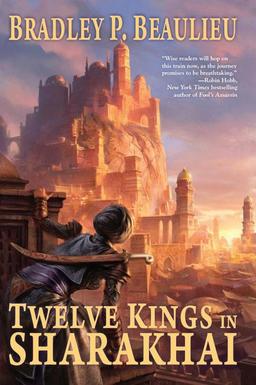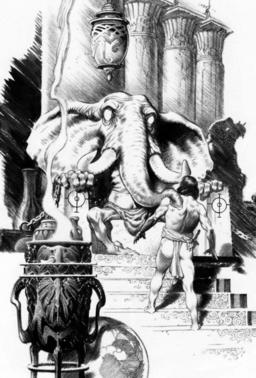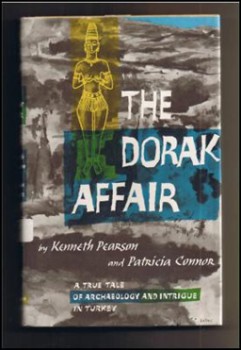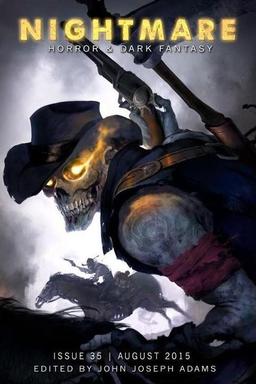Fantasia Diary 2015, Day 17: Synchronicity, The Dark Below, Traders, and Méliès et magie
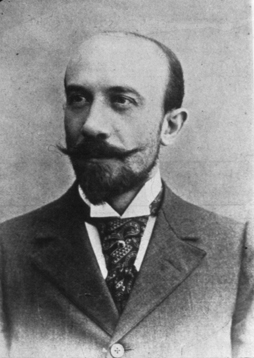 Thursday, July 30, looked like one of the odder days I had lined up at the Fantasia Festival. I’d head down to the De Sève Theatre early on to catch a new American science-fiction film called Synchronicity, then go to the screening room to watch a dialogue-free horror film called The Dark Below. After that, I’d go back to the De Sève to catch the Irish black comedy Traders, and finally wrap up with an event called Méliès et magie, an event presenting some of the classic short films by the first master of fantasy cinema. It looked like a varied day, though in the end it was less so than I’d expected.
Thursday, July 30, looked like one of the odder days I had lined up at the Fantasia Festival. I’d head down to the De Sève Theatre early on to catch a new American science-fiction film called Synchronicity, then go to the screening room to watch a dialogue-free horror film called The Dark Below. After that, I’d go back to the De Sève to catch the Irish black comedy Traders, and finally wrap up with an event called Méliès et magie, an event presenting some of the classic short films by the first master of fantasy cinema. It looked like a varied day, though in the end it was less so than I’d expected.
Synchronicity is directed by Jacob Gentry, known for his horror film The Signal, from a screenplay by Gentry and Alex Orr. It stars Chad McKnight as Jim Beale, the leader of a small team of physicists about to successfully achieve time travel — and Michael Ironside as a venture capitalist named Klaus Meisner angling to take over their invention, to play, as Meisner says, Edison to their Tesla. Caught in the middle is a mysterious woman named Abby (Brianne Davis) with ties to Meisner. Beale’s drawn to her, but whose side is she on? As the movie goes on, time loops back (or does it?) and events are reinterpreted. But then there’s a final revelation, and all we thought we knew is questioned.
I want to avoid giving away fundamental plot details. But I have to say the final twist of Synchronicity seems to me to be badly misjudged. It means not only that the logic we thought we were following up to that point was not true, but that there is no alternate logic to replace it. We’ve been watching a tissue of coincidences. It deflates the movie for me (and incidentally calls into question the intelligence of otherwise well-characterised scientists).
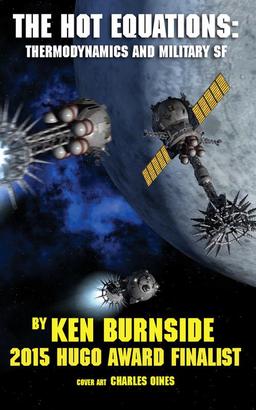
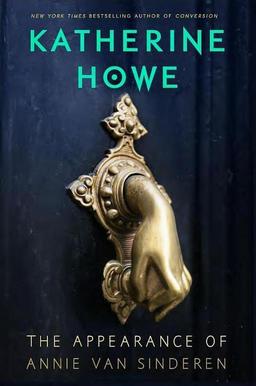
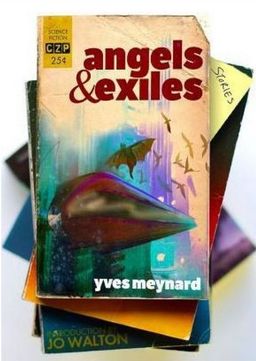
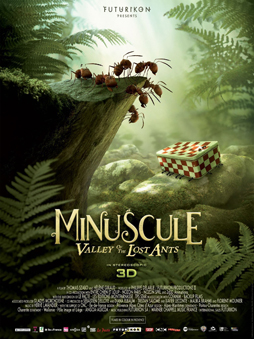 I took a day off from Fantasia on Tuesday, July 28, to run some errands and buy some groceries, then returned on Wednesday to begin a kind of mini-marathon that would carry me through to the end of the festival. I saw four movies Thursday, starting at the De Sève with a wordless 3D animated French film called Minuscule, about a ladybug who falls in with a group of ants who’ve liberated a box of sugar from an abandoned picnic. After that I went to the screening room to see an Australian horror-suspense movie called Observance. Then I went back to the De Sève for the semi-science-fictional German action movie Boy 7. After getting out of that one, I made a snap decision to run across the street to the Hall Theatre to watch the Korean action-comedy Big Match. Which turned out to be one of the better calls I made all festival.
I took a day off from Fantasia on Tuesday, July 28, to run some errands and buy some groceries, then returned on Wednesday to begin a kind of mini-marathon that would carry me through to the end of the festival. I saw four movies Thursday, starting at the De Sève with a wordless 3D animated French film called Minuscule, about a ladybug who falls in with a group of ants who’ve liberated a box of sugar from an abandoned picnic. After that I went to the screening room to see an Australian horror-suspense movie called Observance. Then I went back to the De Sève for the semi-science-fictional German action movie Boy 7. After getting out of that one, I made a snap decision to run across the street to the Hall Theatre to watch the Korean action-comedy Big Match. Which turned out to be one of the better calls I made all festival. 
